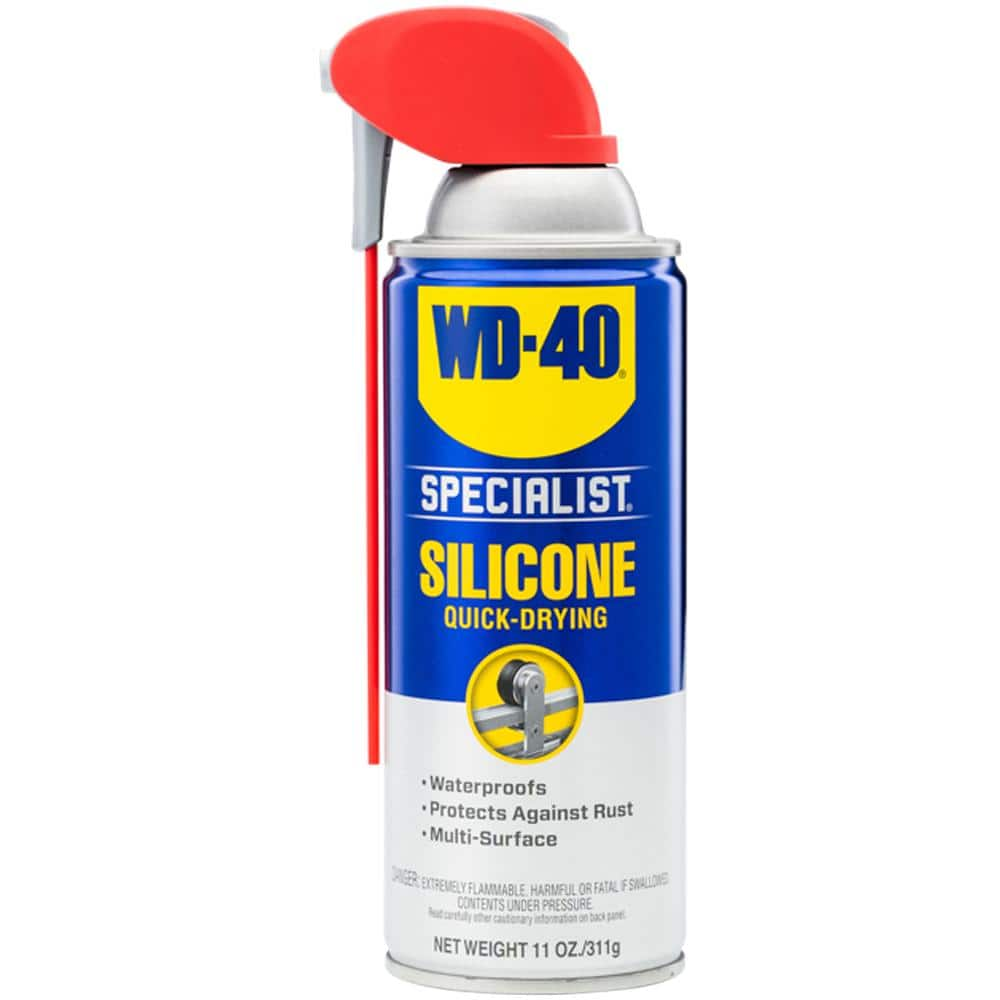After siliconing the h*ll out of all the seals this last morning, ALL of the windows were stuck in the up position just 8 hours later. No ice storm, no snow, no fog -- just cold 25 degree weather. No visible ice anywhere. Two of the four door handles were frozen shut, and the charge port would not open except for trying it 14 times and hitting it hard several times. To make matters worse, the car and phone no longer talk to each other, so I can't pre-heat or use defrost at will. (yes, BT, cellular, and local network were all on). The car has the premium connectivity. This car has become a nightmare in the Chicago winter. BTW, no garage.
I'm resorting to spraying the caustic HEAT product down all the windows every morning when it is below 35 degrees. This will destroy the window trim and most likely streak the paint on the doors, but it is the only way I can get into or out the car during a winter here. This situation absolutly sucks.






